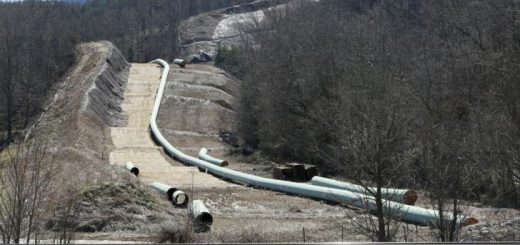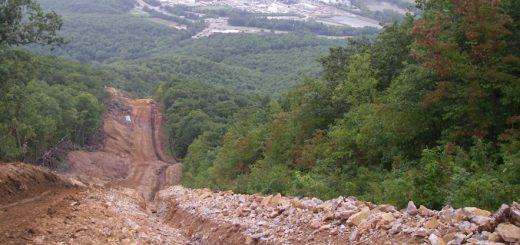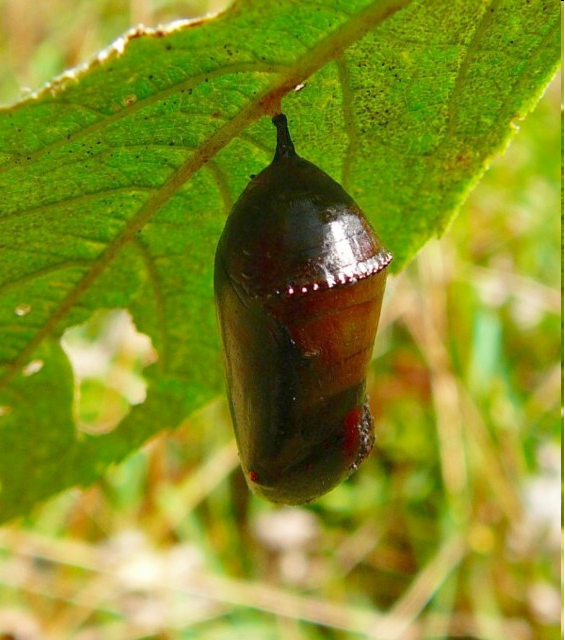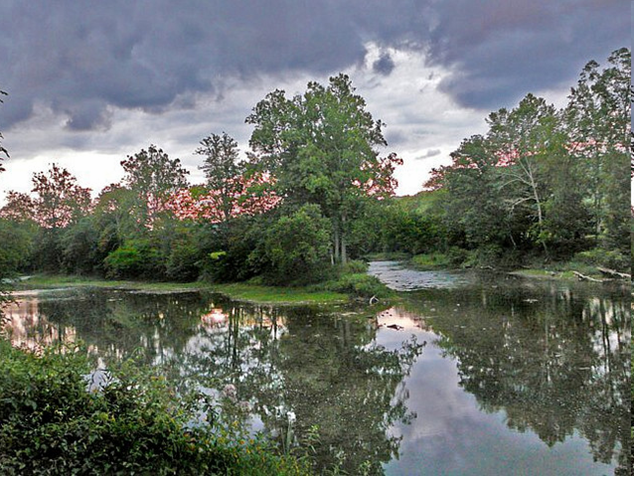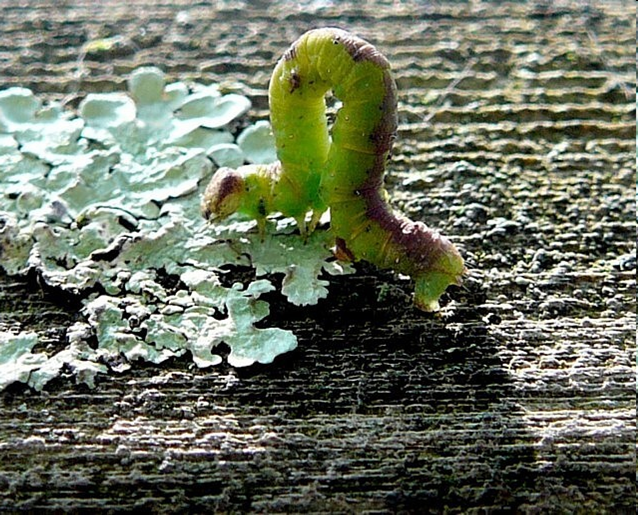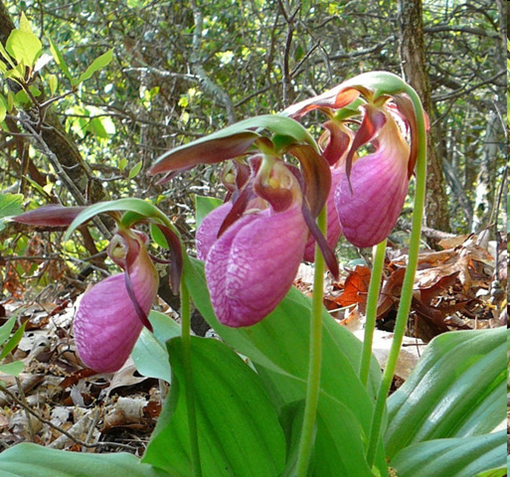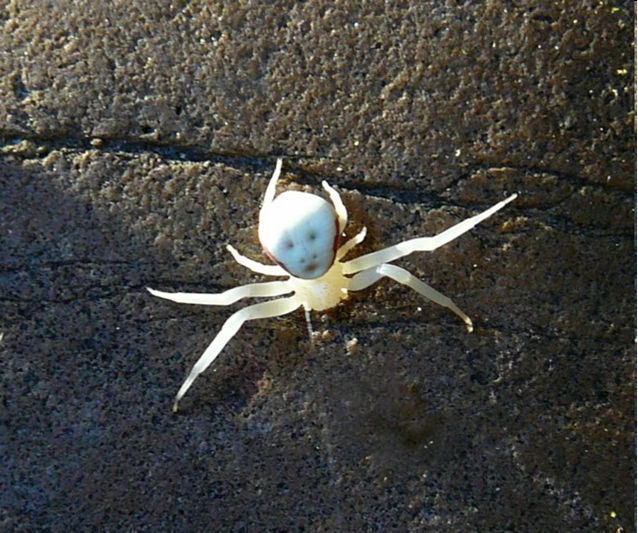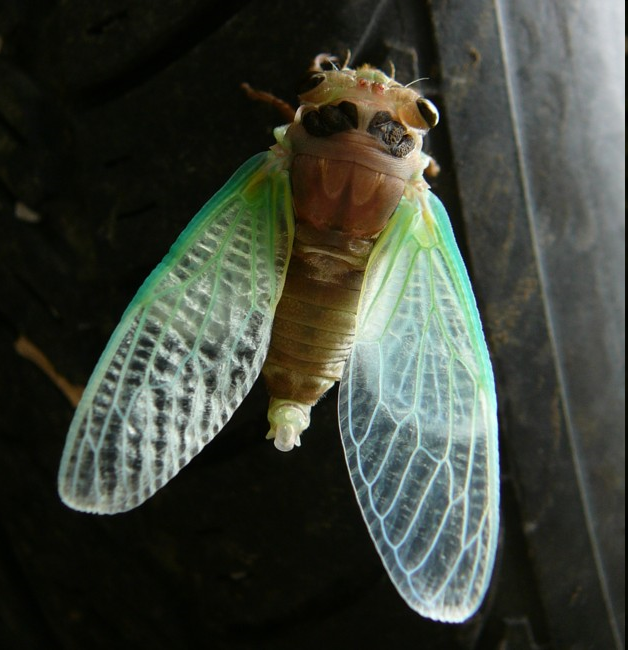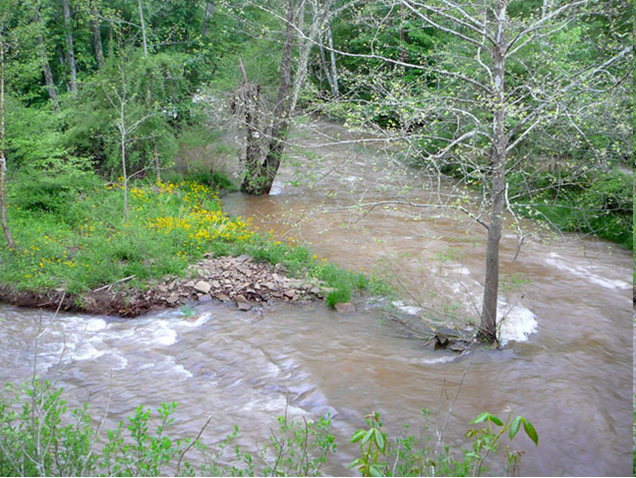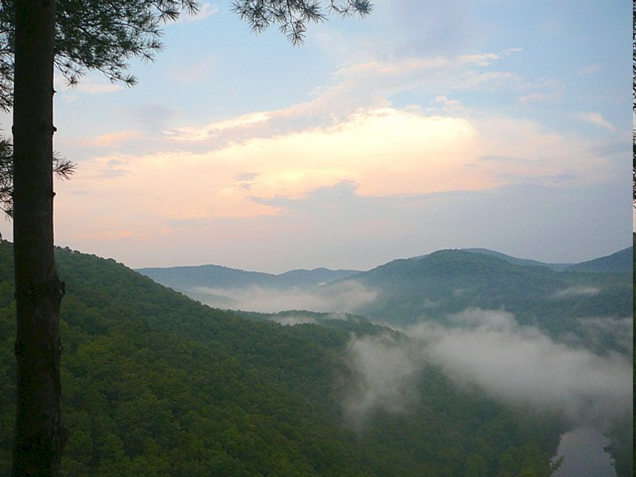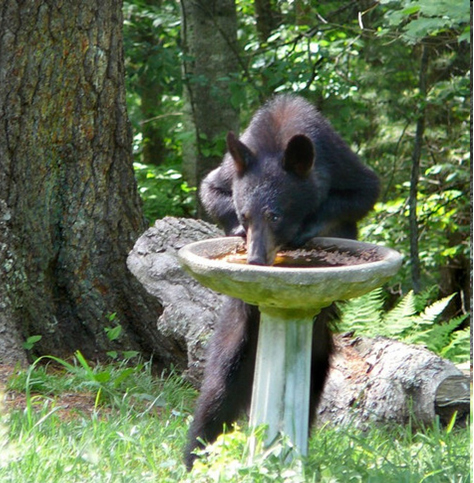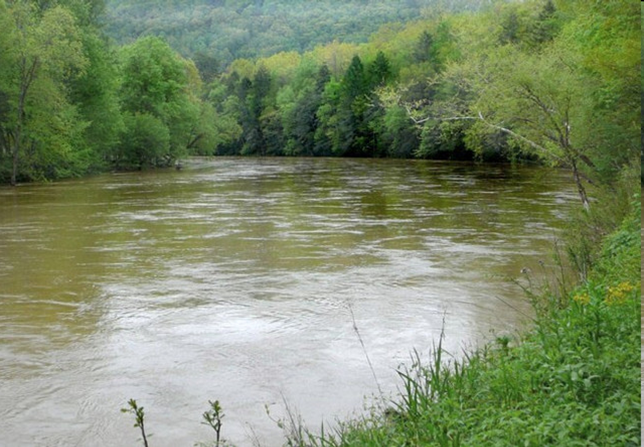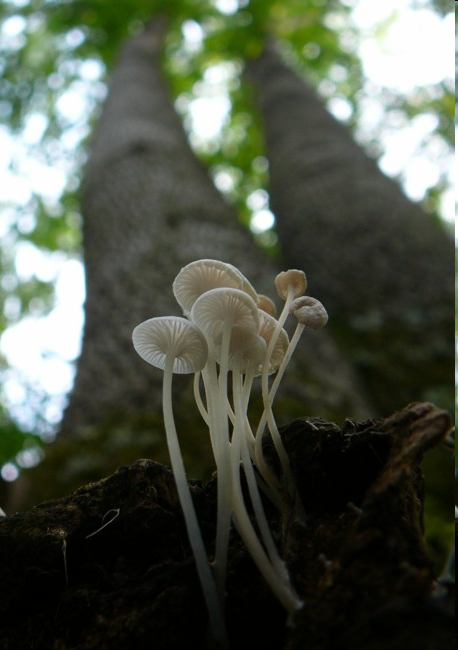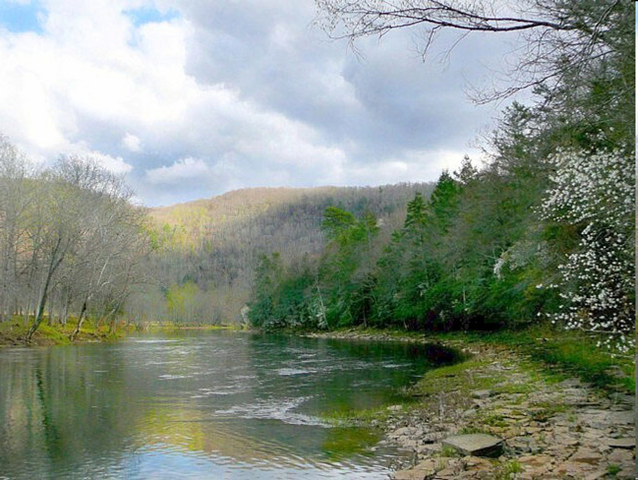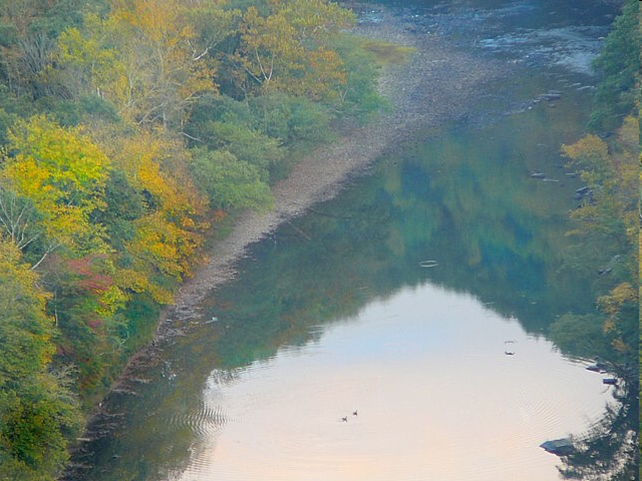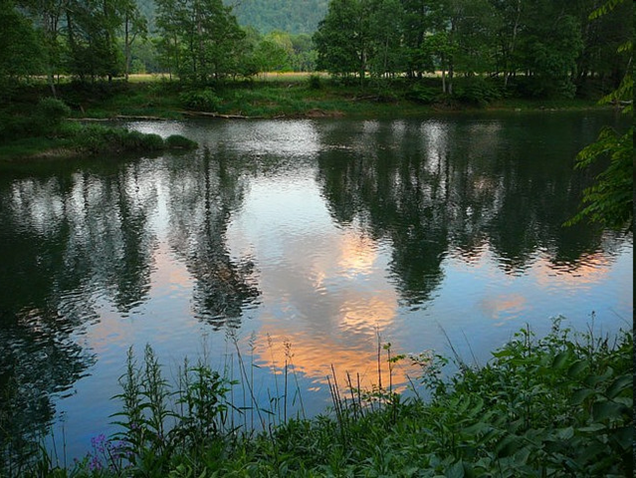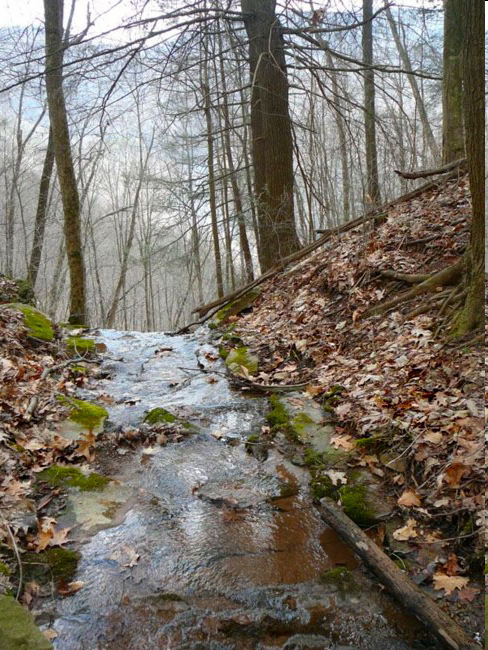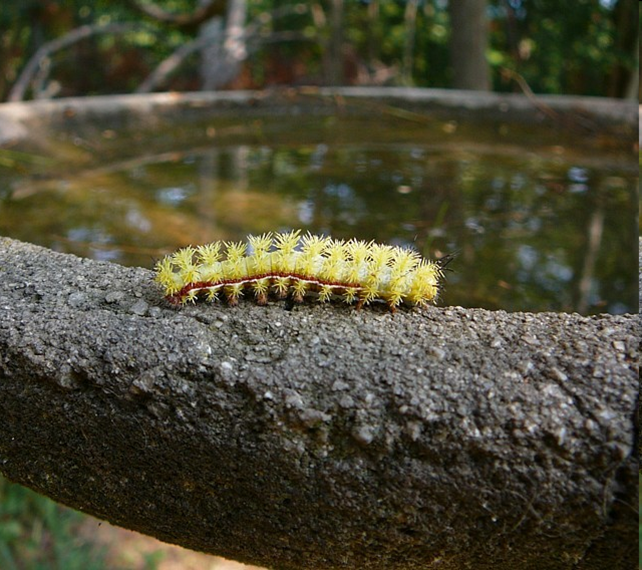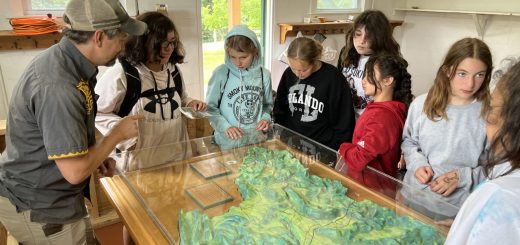Fracking chemicals show up a decade later in mussels
by admin-greenbrier · September 21, 2018
Fracking chemicals dumped in the Allegheny River a decade ago are still showing up in mussels: Study
“This means it’s entering the food chain.”
Editor’s note: An earlier version of this story mis-characterized the Strontium found by researchers as radioactive. The Strontium looked at for the study was not radioactive Strontium-90; it was Strontium-87 and Strontium-86, neither of which are radioactive.
Chemicals from fracking wastewater dumped into Pennsylvania’s Allegheny River before 2011 are still accumulating in the bodies of freshwater mussels downstream, according to a new study.
Researchers at Pennsylvania State University found elevated concentrations of Strontium in the shells of freshwater mussels downstream from a former fracking wastewater disposal site in Warren, Pennsylvania, about 143 miles northeast (and upstream) of Pittsburgh.
While the potential health impacts on humans from this contamination are unclear, high levels of exposure to non-radioactive Strontium can disrupt bone growth in children.
“Mussels record the changes in water quality that they see over their lifetimes in the layers of their hard shells,” Nathaniel Warner, a professor in the Department of Civil and Environmental Engineering at Pennsylvania State University who co-authored the study, told EHN. “We can go back about 10 years and see the spikes that indicate when wastewater from Marcellus shale was being treated and discharged into the Allegheny River.”
The study, published Wednesday in the peer-reviewed journal Environmental Science & Technology, is among the first to show bioaccumulation—the buildup of chemicals in the bodies of living creatures—from oil and gas wastewater downstream of a surface water disposal facility.
“We don’t know how much of an impact this has on human health, or if it has any impact at all,” Warner said, “but this means it’s entering the food chain.” He noted that they’d like to look at the soft tissue of the mussels next, since muskrats and fish dine on freshwater mussels, but “no animals really eat the shells.” 
Warner and his co-authors compared the shells of mussels from the Allegheny River that were collected both upstream and downstream of a former disposal site for fracking wastewater in Warren, Pennsylvania. They also looked at mussels from two other Pennsylvania rivers—the Juniata and the Delaware—that have no reported discharge from the oil and gas industry.
The mussels collected downstream of the discharge facility contained significantly greater concentrations of Strontium than the mussels upstream, or the mussels collected from the Juniata and Delaware Rivers.
Between 2008 and 2011, more than 2.9 billion liters of oil and gas wastewater was discharged to waterways after being treated at municipal sewage facilities throughout the country. The practice was common in Pennsylvania until it was halted in 2011 after it was discovered that the small amounts of heavy metals and radioactive materials they released into the water supply were building up in sediment and drinking water. But the new research suggests the impact of the practice is ongoing.
Warner and his co-authors compared the shells of mussels from the Allegheny River that were collected both upstream and downstream of a former disposal site for fracking wastewater in Warren, Pennsylvania. They also looked at mussels from two other Pennsylvania rivers—the Juniata and the Delaware—that have no reported discharge from the oil and gas industry.
The mussels collected downstream of the discharge facility contained significantly greater concentrations of Strontium than the mussels upstream, or the mussels collected from the Juniata and Delaware Rivers.
Between 2008 and 2011, more than 2.9 billion liters of oil and gas wastewater was discharged to waterways after being treated at municipal sewage facilities throughout the country. The practice was common in Pennsylvania until it was halted in 2011 after it was discovered that the small amounts of heavy metals and radioactive materials they released into the water supply were building up in sediment and drinking water. But the new research suggests the impact of the practice is ongoing.
Continue story HERE
